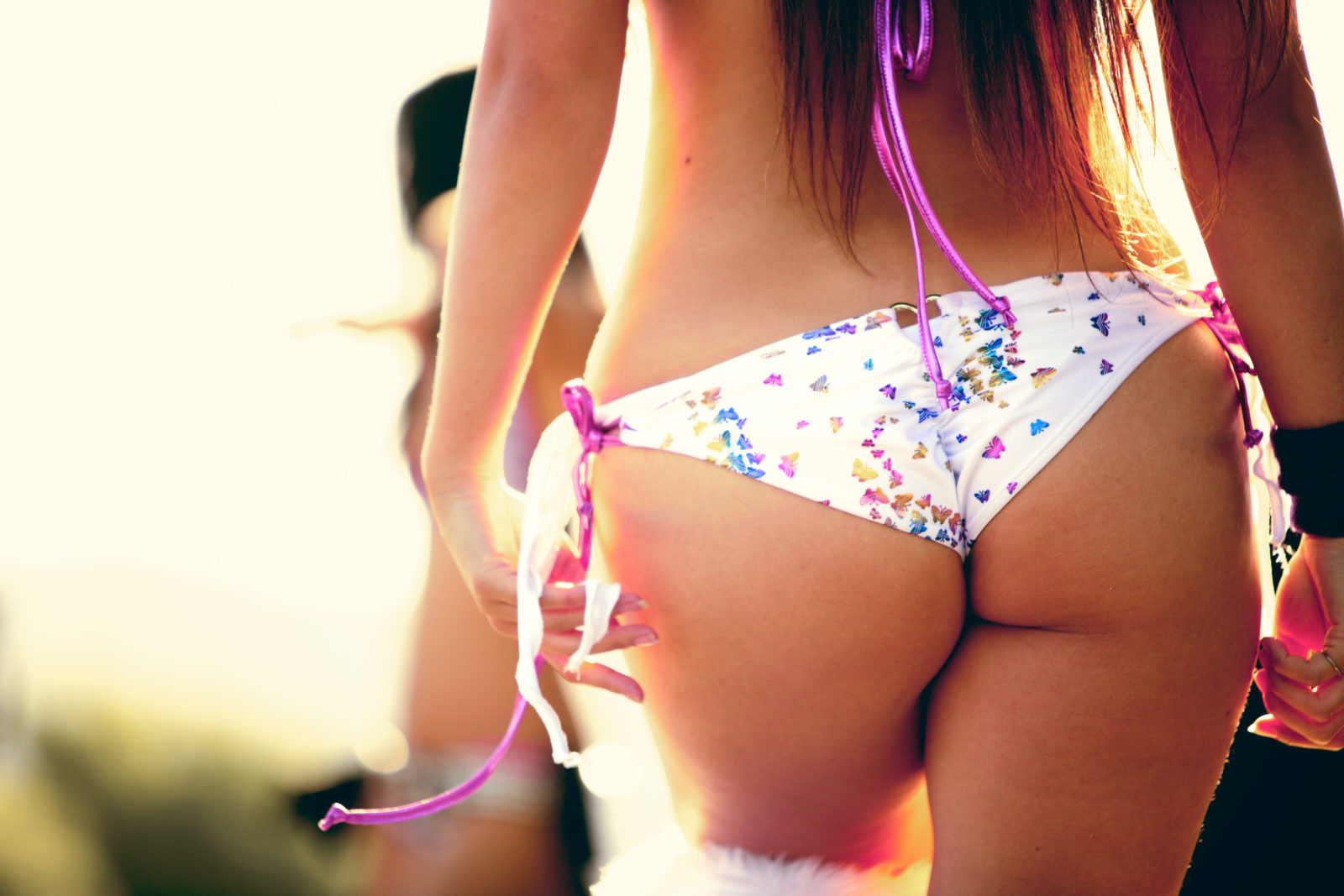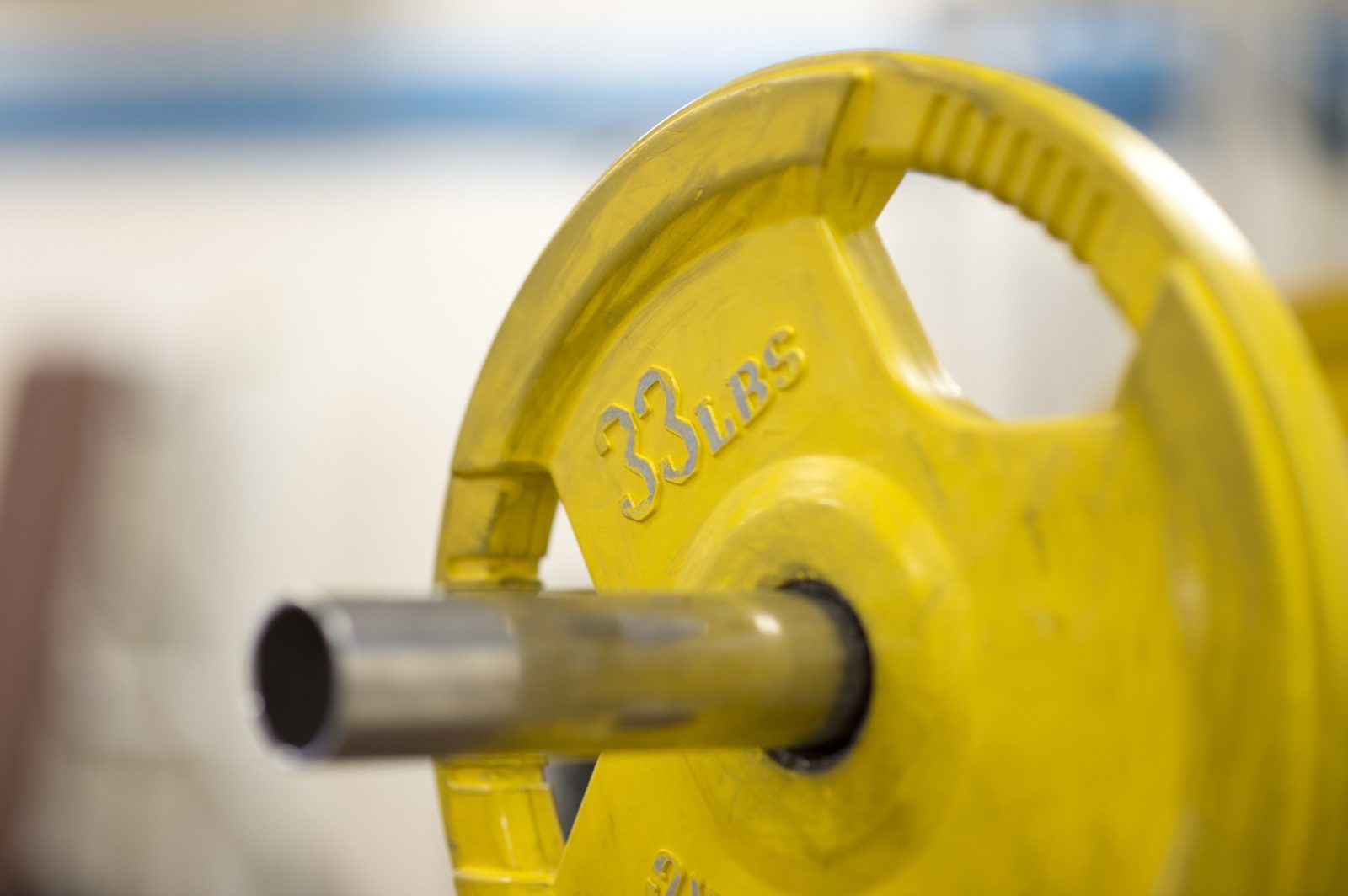A big, strong, beautiful booty is definitely a body goal that isn’t going away anytime soon. Unfortunately, it’s not all that easy to build the perfect booty.
Sure, there are surgical solutions like gluteal implants that first gained popularity back in the late 90s when Jennifer Lopez and her perfect derriere came on the scene. But, not only is the surgery expensive, but there have been numerous reports of complications, some of which have even lead to death.
So it’s safe to say, like most things in life, the booty is better if you work for it.
Luckily, achieving muscle growth in your glutes is totally possible through the right combination of strength training exercises and diet. Here, we’ll give you the low-down on everything you need to know about training your glutes, including information about the muscle group, hereditary factors, and targeted exercises to bring your best backside to the surface.
The Muscles
Not everyone realizes that your glutes are actually made up of three different muscles.
Gluteus Maximus
The Gluteus Maximus is the big one, in fact, it’s the largest muscle in the human body. It attaches to your pelvis at the top and bottom and is the muscle responsible for the roundness of your backside.
The Gluteus Maximus performs “hip extension,” which basically means any movement where the bone of your thigh moves in line with or backward from your hip. Movements like standing up from a squat, standing from a bent or straight-legged deadlift, or a glute kickback are all forms of hip extension.
Gluteus Medius
The Gluteus Medius sits somewhat above the Gluteus Maximus and forms a bit of a triangle that runs down the side of your hip.
The Gluteus Medius is one of two glute muscles responsible for abduction (i.e. moving your leg away from the midline of your body) and internal and external rotation. These include exercises like the thigh abduction machine (also known as the “yes/no” machine), or cable pulley exercises out to the side. While these aren’t as glamourous as some of the other booty-builders, they are important components to a well-rounded (see what we did there?) glute training routine.
Gluteus Minimus
The Gluteus Minimus is the inner-most gluteal muscle that sits near the top of the pelvis.
It’s the second glute muscle, coupled with the Medius that contributes to hip abduction and internal and external rotation.
Body Type and Genetics
One of the reasons gluteal implants and augmentation gained popularity is that certain body types have more difficulty building mass in their glutes than others. That said, boosting your assets naturally is still very possible, though it’s important to examine your body type and some genetic factors so that you set realistic goals for your progress and improvements.
For example, someone who naturally adds muscle easily might find it easy to tweak their routine to develop a bubble butt, whereas someone who has less muscle mass and has to work hard for their gainz will want to allow more time to see their growth and progression.
The shape of your body can also impact the appearance of your glutes. Someone with wide hips and a narrow waist, for example, may have the appearance of a larger badonkadonk whereas someone with more of an apple shape may have a less prominent backside.
Finally, just like with all of our muscles, your body fat will play a role in the appearance of your glutes. We can work to build and shape muscles all day long, but muscles that are hidden underneath excess body fat are hard to see. Every person is different, so it’s important to choose a diet that works for your goals to both support muscle growth and (if needed) reduce body fat to show off your great results.
How to Tone Your Butt: The Volume
Now that we’ve determined that in order to shape all three of the muscles within the gluteal muscle group we need a combination of exercise that address both hip extension a hip and hip abduction, it’s important to also talk about how to structure your weight training routine to achieve the best results.
There are a number of exercise protocols out there for strength training depending on your goals. Some athletes are looking to lift the heaviest weight possible, some to generate power, and others endurance. For the purpose of building a better booty, we’re looking for muscle growth or hypertrophy.
According to the American College of Sports Medicine’s recommendations on Resistance Training For Health and Fitness, to achieve muscle hypertrophy your training should be structured as follows:
How to Tone Your Butt: The Exercises
Remember, you’ll want to include both hip extension and hip abduction exercises in your glute workout. These are common options that hit those muscles, provided they are executed correctly. Stay away from gym equipment or positions that don’t allow you to achieve the full extension as they may work other muscles in your lower body, but won’t target your glutes exactly the way you desire.
Great Hip Extension Exercises
- Squats — Whether you use dumbells, an EZ bar, a barbell, or a machine squats shape your glutes during the second half of the movement. Concentrate on the full hip extension at the top for maximum benefits.
- Lunges — Another exercise that allows for variations and using equipment like dumbells, plates, kettlebells, or even gym machines.
- One leg split squat — This can be done with dumbells, barbells, or on the Smith machine and effectively achieves hip extension.
- Romanian Deadlifts — These load your glutes during the second half of the exercise.
- Stiff-Leg Deadlifts — Not for those with lower back issues, but when executed correctly deadlifts done with straight legs can produce great booty results.
- Hip Thrusts — These can be done with a barbell, weight plate, or on the Smith Machine.
- Any other movement that extends your thigh bone to parallel or beyond your hip.
Hip Abduction Complimentary Movements
- Seated Hip Abduction Machine- Sure, this one isn’t glamorous, but it’s an effective way to recruit your Gluteus Medius and Gluteus Minimus through their range of motion.
- Cable Thigh Abduction- Not just for figure competitors, by attaching a cable to your ankle and then moving your straight leg away from your body you’ll hit those hard to target glute muscles.
- Any other movement that moves your straight or bent leg out to the side laterally and away from your body (with weight).





